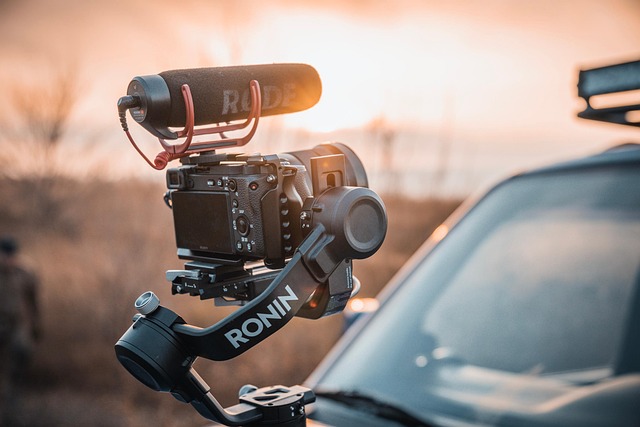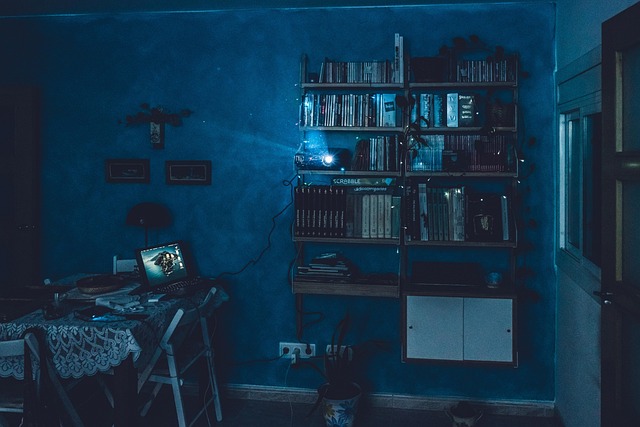Video has become the backbone of modern online education, offering students the ability to access lectures, tutorials, and interactive lessons from anywhere in the world. Yet, the quality of the visual experience can vary dramatically depending on the recording conditions. When a camera shakes, the viewer’s eye is forced to constantly adjust, which can distract from the content and reduce knowledge retention. Video stabilization— the process of digitally correcting unwanted motion in recorded footage—offers a powerful solution to this problem, ensuring that learners can focus on the material rather than the motion.
Understanding Video Stabilization
Video stabilization works by analyzing the motion of each frame relative to its neighbors and then applying transformations that counteract the unwanted movement. Modern algorithms can track the background, detect camera shake, and smoothly adjust the frame position, scaling, and rotation. The result is a steady, immersive viewing experience that mirrors the steadiness of a well‑mounted tripod.
- Keyframe analysis: The algorithm examines selected frames to establish a baseline for motion.
- Motion vector estimation: Small, incremental movements are mapped across the video sequence.
- Compensatory transformation: The video is transformed (translated, rotated, scaled) to neutralize detected motion.
These steps can be performed in real time during recording or in post‑production, depending on the platform and equipment used.
Why Stabilization Matters in Online Learning
Research in educational psychology shows that cognitive load—the amount of mental effort required to process information—directly affects learning outcomes. When learners are distracted by shaky footage, their working memory is taxed, leaving fewer resources available for comprehension and retention.
“Stability in visual media is not just a luxury; it is a prerequisite for optimal information processing,” says Dr. Elena Ramirez, cognitive neuroscientist at the University of Toronto.
By eliminating unnecessary motion, video stabilization reduces extraneous cognitive load, allowing students to allocate more attention to the instructional content itself.
Implementing Stabilization Across Platforms
Several approaches can be adopted to integrate video stabilization into online education ecosystems, ranging from hardware solutions to software pipelines.
- Hardware‑Based Stabilization: Many modern mobile devices and laptops now include gyroscope‑assisted stabilization modules. Instructors can simply enable these settings during recording, and the device will output a steady clip.
- Software Plugins: Platforms such as Zoom, Microsoft Teams, and Webex provide built‑in stabilization filters that can be activated in real time. Educators can toggle these features before starting a live session.
- Post‑Production Tools: For pre‑recorded lectures, open‑source libraries like OpenCV, as well as commercial software such as Adobe Premiere Pro, offer robust stabilization modules. These can be applied during the editing stage before the content is uploaded to a learning management system.
Choosing the right method depends on factors such as the instructor’s technical proficiency, available equipment, and the desired level of automation.
Case Study: A University’s Transition to Stabilized Content
In 2023, Riverbend State University introduced a mandatory stabilization workflow for all recorded faculty lectures. The university partnered with a software vendor to deploy a lightweight stabilization plugin on the institution’s internal video platform. Over the first semester, 67% of faculty reported a noticeable improvement in student engagement metrics. Attendance in recorded modules increased by 12%, and the average quiz score on stabilized content rose by 3.5 percentage points compared to non‑stabilized recordings.
Impact on Knowledge Building
Video stabilization does more than merely improve aesthetics; it directly supports the construction of knowledge by:
- Enhancing visual clarity: Stable footage ensures that diagrams, text overlays, and hand‑drawn annotations remain crisp and legible.
- Facilitating multi‑modal learning: When the visual stream is steady, learners can simultaneously process auditory explanations and visual demonstrations without fatigue.
- Supporting inclusive education: Students with visual or vestibular sensitivities often experience discomfort with shaky videos. Stabilization reduces motion sickness symptoms and allows them to engage fully.
Collectively, these benefits foster an environment where learners can assimilate, analyze, and apply new information more effectively.
Future Directions: AI‑Driven Adaptive Stabilization
Emerging research explores the use of deep learning to predict motion patterns and pre‑emptively adjust camera settings. Adaptive stabilization algorithms could dynamically balance between preserving natural motion cues (e.g., a presenter’s hand gestures) and eliminating jitter, thereby preserving the authenticity of live demonstrations.
As these technologies mature, we can anticipate a new generation of recording tools that automatically deliver stabilized, high‑quality video without requiring user intervention.
Practical Tips for Educators
Even with advanced stabilization tools, best practices can amplify the benefits:
- Use a stable recording surface or tripod whenever possible.
- Activate built‑in stabilization features before recording.
- Keep the camera’s focus and zoom locked to avoid sudden changes that may confuse the stabilization algorithm.
- After recording, preview the video to check for residual motion; if needed, apply a mild stabilization filter.
- Encourage students to use headphones or earbuds for a more focused listening experience.
Common Misconceptions Debunked
There are a few myths that sometimes cloud the conversation about video stabilization:
- Stabilization makes videos look artificial: While some extreme stabilization can introduce a slight “panning” effect, most modern algorithms maintain natural movement and preserve depth cues.
- It’s only necessary for low‑quality recordings: Even professional‑grade footage can benefit from subtle stabilization, especially in live environments where the instructor may be moving or gesturing.
- Stabilization is a costly luxury: Many free or low‑cost solutions exist, and the educational gains often outweigh the minimal investment in software or hardware.
Conclusion: A Steady Path to Better Learning
In the realm of online education, video stabilization stands as a key enabler of effective knowledge building. By reducing visual distractions, easing cognitive load, and enhancing inclusivity, it transforms raw recordings into polished learning experiences. As technology continues to advance, the integration of smarter, AI‑driven stabilization will only deepen the impact, ensuring that every student, regardless of their learning environment, can focus on what truly matters: mastering new concepts and developing critical thinking skills.




